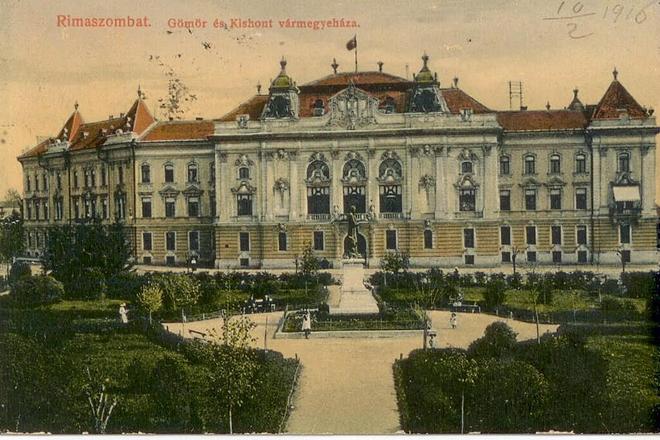Some names of Slovak areas originate in ages past, and other places have changed names multiple times, depending on who was the ruling nation at the time.
Even before the arrival of the old Hungarians to central Europe in the late 9th century, Slavs had created their own system of regions in the early Middle Ages. The word "župa" refers to a type of administrative division, but what type of division depends on the time frame. The word is of Slavic origin, originally referring to a tribe and the leader of a tribe.
When the Hungarian Kingdom came into existence, in 1000, the original Slavonic region divisions changed into royal counties called “komitáty”. The Slavonic origin of komitáts can be traced to Hungarian words such as megye – the komitát or county; and ispán – the official who headed the komitát. Megye stems from the word medza (boundary, baulk) and ispán from the word špán, meaning pán (mister, gentleman, or lord).
Until 1849, "župa" was used in the context of the Habsburg Empire and then in the context of the Czechoslovak Republic (1918-1938), but its use was disbanded in 1928. When re-introducing the word župa for an administrative region was proposed in 1940, a wave of protests followed. It stemmed from ignorance and fears of everything Hungarian. Slovaks, who were part of the Habsburg Empire until 1918, faced oppression under Hungarian rule.
In this postcard from 1916, we can see the pretentious regional centre, or Župný dom (County House), of the areas of Gemer and Malohont in Rimavská Sobota, a town in what is today southern Slovakia. These two regions—historical and tourism—existed separately for the most part, while Malohont was regarded primarily as a district.
Proof of the Gemer komitát appeared as early as the 12th century. It resided at the Gemer Castle, but since 1578, the local gentry met at the “stolica” meetings in Boršodská stolica at the Szendrö Castle. Stolica was a nobility-owned region, while komitát was a royal region and župa was a state-owned region. This was prompted by fear of the Ottomans.
At the beginning of the 18th century, the meetings moved to Gemer-based Plešivec, but many considered this decision rather unfortunate. Plešivec, in spite of becoming the centre of political life of this župa, remained an undeveloped province seat, rather a village than a town.
This article was originally published by The Slovak Spectator on December 18, 2014. It has been updated to be relevant today.

 In this postcard from 1916, we can see the pretentious regional centre, or Župný dom (County House), of the areas of Gemer and Malohont in Rimavská Sobota, a town in what is today southern Slovakia. (source: Courtesy of Branislav Chovan)
In this postcard from 1916, we can see the pretentious regional centre, or Župný dom (County House), of the areas of Gemer and Malohont in Rimavská Sobota, a town in what is today southern Slovakia. (source: Courtesy of Branislav Chovan)